Draper Natural History Museum
Draper Natural History Museum staff and volunteers conduct long-term ecological research in the Greater Yellowstone Ecosystem and keep up with all the wildlife and science news and issues related to this world-renowned, natural treasure. Keep up with Draper Museum fieldwork and Greater Yellowstone news and information here.
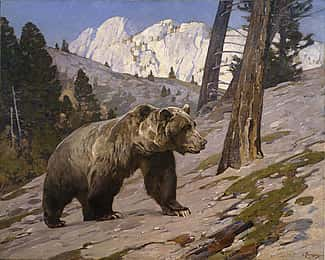
Grizzly Bear Facts: Yellowstone Grizzly Bears Winter Hibernation Habitat
A few years ago, my wife, Penny, and I were hiking in the early December snow along Wood River, in the eastern…
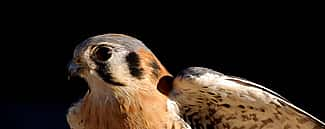
The Eagle, er American Kestrel, Has Landed
I hope everyone has been enjoying the recent posts Anne has done about several individual raptor species—it’s easy to tell she enjoys…
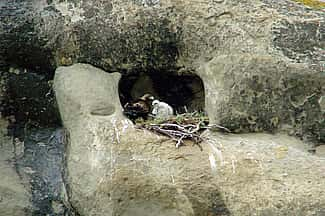
My Favorite Interesting Facts About Golden Eagles
Before Kateri, our golden eagle, came to live with us, people would often ask if we were going to get an eagle….
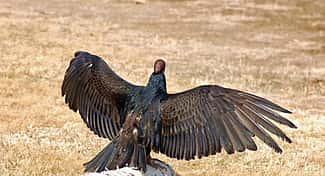
My Favorite Interesting Facts About Turkey Vultures
Vultures are one of the most misunderstood and least appreciated birds in the avian world. Many of the opinions formed by people…
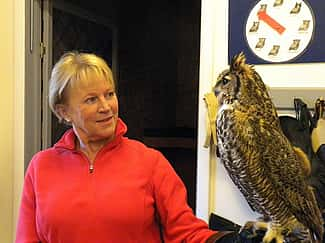
Fresh Meat, or, New Volunteers
I realize it’s been a long time since I, personally, added a post to our blog, but there is a good reason……
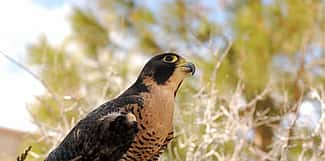
My Favorite Interesting Facts About Peregrine Falcons
By the middle of the twentieth century, the peregrine falcon was placed on the Endangered Species List, due to a sharp decline…